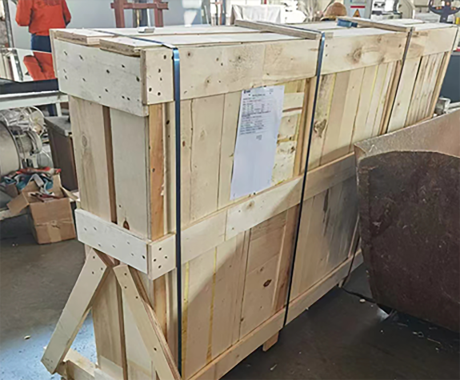

The Art and Science of Mirror Glass Production
Mirror glass, a fascinating blend of art and science, has played an essential role in our daily lives since ancient times. From the simplest reflective surfaces created from polished metal to the intricate, modern manufacturing processes seen in contemporary glass factories, the journey of mirror glass production is a testament to human ingenuity and technological advancement.
At the core of any mirror glass factory lies a robust production process that transforms raw materials into highly reflective surfaces. Let's delve into this fascinating world, exploring the techniques, materials, and applications of mirror glass.
Raw Materials and Initial Preparation
The primary ingredient in mirror glass production is silica sand, which is mixed with other materials such as soda ash, lime, and various additives. These components help enhance the durability, clarity, and reflective qualities of the final product. The first step involves melting the raw materials in a furnace at extremely high temperatures, typically between 1,600 to 1,700 degrees Celsius. As the materials fuse together, they form molten glass, which is then carefully cooled to create a solid base.
Forming the Glass
Once the glass has been cooled and solidified, it is cut and shaped into desired dimensions using precision machinery. At this stage, factories utilize advanced technologies such as automated cutting machines and computer numerical control (CNC) tools, ensuring high accuracy and consistency. The produced glass sheets can vary in thickness and size, catering to a wide range of applications, from small bathroom mirrors to large architectural installations.
Coating for Reflection

After the glass sheet is formed, the next critical step is the application of a reflective coating. Traditionally, this involved the use of silvering, where a thin layer of silver is deposited onto the glass surface. However, modern factories often employ alternative materials such as aluminum, which provides excellent reflectivity while being cost-effective and environmentally friendly. The coating process typically involves vacuum deposition or chemical spraying, ensuring an even layer that enhances the glass's reflective properties.
Quality Control and Finishing Touches
Quality control is paramount in mirror glass production. Factories conduct rigorous testing at each stage of the manufacturing process. This includes checking for imperfections, assessing the clarity and reflectivity of the glass, and ensuring that the coating is uniformly applied. Once the glass passes these stringent quality checks, it undergoes additional finishing treatments, which may include polishing the edges and applying protective films.
Applications and Market Demand
The applications of mirror glass are vast and varied. In addition to traditional uses in homes, such as bathroom mirrors and decorative wall mirrors, the demand for mirror glass extends to automotive industries (for rearview mirrors), architecture (in facades and windows), and even technological applications (such as flat-screen televisions and smartphones). The versatility of mirror glass ensures its presence in numerous sectors, driving innovation and creativity in design.
Conclusion
In summary, the mirror glass factory represents a convergence of artistry and engineering, where every stage of production is meticulously crafted to achieve perfection. As technology continues to evolve, so too will the techniques and applications of mirror glass, ensuring that this remarkable product remains an integral part of our lives. Whether reflecting our image or illuminating our spaces, the journey of mirror glass from raw materials to finished product showcases the incredible potential of human creativity and technical prowess.